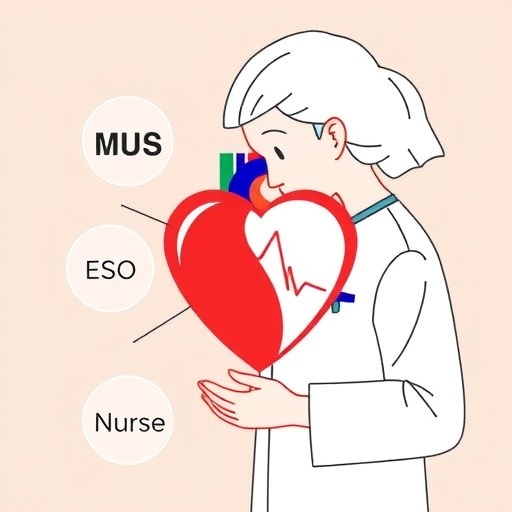Montreal, May 29, 2018 – After a decade of work, a team led by Hôpital Maisonneuve-Rosemont researcher and Université de Montréal associate professor Dr. Gilbert Bernier has shed promising light on the origin of the most common and prevalent form of Alzheimer's disease, hoping to someday help mitigate or even reverse the progress of the disease. The team's results are published in the prestigious scientific journal Cell Reports.
One person in two over the age of 90 will suffer from Alzheimer's disease (AD) to some degree. As the population ages, AD and its related conditions are becoming a veritable epidemic, with seemingly no cure in sight. Genetic in a small proportion of people (those with early-onset AD), the disease's origin is unknown in 95 per cent of cases; age is the principal risk factor. Many researchers are trying to better understand the genetic and pathophysiological risk factors of AD, but few studies have focused on the origin of Alzheimer's disease and its relationship with aging of the brain.
Working from the premise that the causes of the most prevalent form of AD are not genetic but instead epigenetic (i.e. there is a change in gene function), Dr. Bernier and his team carried out an extensive scientific investigation to better understand the role of a specific gene, BMI1, in the onset and development of the disease.
Following the BMI1 gene, step by step
In a study published in 2009, researchers found that, in mice, the mutation of the BMI1 gene triggered an accelerated and pathological aging of the brain and eyes. Based on this finding, Dr. Bernier's team deduced that if the BMI1 gene stopped functioning in a human, it would also cause accelerated aging of the brain and the development of conditions related to AD.
By comparing the brains of deceased AD patients (taken from samples in the Douglas Bell Canada Brain Bank) with those of deceased non-AD patients of the same age, the team observed a marked decrease of the BMI1 gene only in patients who died of AD. To verify that this decrease was not simply a consequence of the disease, the researchers repeated the process with patients who died of early onset AD, a genetic and much rarer form of the disease that strikes before the age of 50 and sometimes even before 40. The researchers discovered that there was no change in BMI1 gene expression in these cases.
In a third step, the team examined the brains of individuals who died from other aging-related dementias, and once again observed no change in BMI1 gene expression. Finally, using a complex method, the researchers were able to recreate, in the laboratory, neurons found in Alzheimer's disease patients and healthy individuals. Once again, BMI1 gene expression only decreased in neurons of Alzheimer's-disease patients.
The team concluded that the loss of BMI1 gene expression in the brains and neurons of patients with the common form of AD was not a consequence of the disease and could therefore be the cause.
Reproducing Alzheimer's disease in the lab
The researchers then wanted to test their hypothesis that the loss of BMI1 plays a direct role in the development of AD. To do so, they created healthy human neurons in the lab. Once the neurons reached maturity, they deactivated the BMI1 gene using a genetic method.
The results were truly spectacular. All the neuropathological markers of AD were reproduced in the lab. The researchers concluded that the loss of BMI1 function in human neurons was enough to trigger AD.
Encouraged by their unexpected findings, the researchers also ran molecular studies to understand how the loss of BMI1 triggers AD. These studies revealed that the loss of BMI1 causes an increase in production of beta-amyloid and tau proteins and a decrease in the neurons' natural capacity to eliminate toxic proteins.
Hope for the future
Encouraged by their results, the researchers have good reason to believe that the restoration of BMI1 gene expression in the neurons of Alzheimer's disease patients in the early stages could mitigate or even reverse the progress of the disease.
In 2016, researchers established a company (StemAxonTM) that aims to develop a drug to treat Alzheimer's disease.
###
Media Contact
Julie Gazaille
[email protected]
514-343-6796
@uMontreal_news
http://bit.ly/mNqklw




